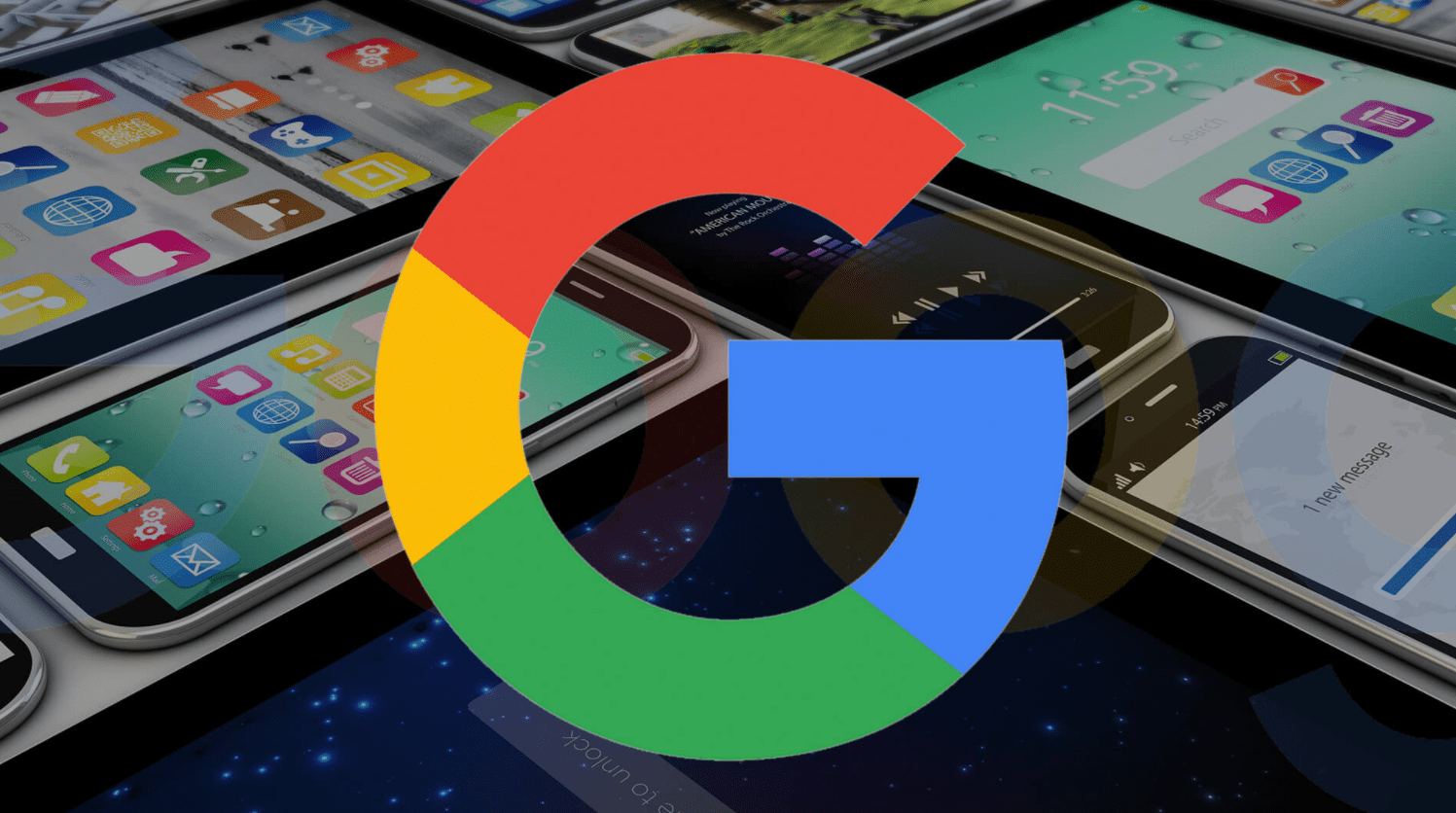How keep your SEO strategy up to date with the latest mobile index changes
We all are living in a mobile world. Most of us pick our phones at the moment we wake up in the morning. Mobile phones have become a part of our daily routine, from reading the daily news to reviewing emails. Now, everyone knows the role that mobile-first and responsive design plays in achieving website rankings and improving traffic. Instagram is one of the best examples of mobile-first design.
Google's desktop indexing has been around since the beginning of Google Search. But, as this Smart Insights post announcing and discussing Google's Mobile First index launch shows, it is now 'abandoned' and pushed to backup status. It's no secret that Google has rolled out its new mobile-first index. Mobile-first search indexing will focus on the mobile version of your web page than that of the desktop version. So in this post I will introduce the implications to help you if your business has not taken action yet.

Google has only one index of pages used by searchers at the moment. This index is based on the indexing of desktop sites. When a person searches on Google, Google's algorithm looks at the database of indexed desktop pages and puts together ranking. Search Engine then uses a separate crawler to gather mobile-related signals to adjust rankings for mobile searchers. Using a single desktop index has caused numerous issues for searchers. According to recent studies, mobile usage is exceeding desktop usage mainly in e-commerce and apps. In early November, Google has announced that mobile-first indexing will be preferred over indexing of desktop pages.
What will Change with the Mobile-First Search Index?
Well, the majority of searches on Google are done on mobile devices. With more and more searches on mobile, Google has started using the mobile version as their primary search engine index. Until now Google was crawling the web from a desktop browser point of view and now Google will crawl the web from a mobile browser view. With the new ‘mobile-first’ approach, Google indexes web pages as mobile devices notice them. The rankings will be estimated based on the mobile sites. By having the mobile-first index, Google will run its ranking algorithm in a different manner across mobile content.
Don’t You have a Mobile Site?
It's obvious that mobile website will be the first preference for Google. But, the desktop version of the crawlers will not be abandoned. It will still crawl your desktop version if you don't have a mobile website. Keep in mind that web pages that have been optimized for mobile devices get more visibility and better ranking on Google Mobile than web pages that have not been optimized. So, it is advisable to start working on a mobile version of your site now if you don’t have one.
If you are planning to have a separate mobile site, you'll need to make sure that your mobile website looks similar to your desktop website so that the crawlers rank you in the same manner as that of the desktop website.
Is This a Mobile-Friendly Website Ranking Boost?
Google has discussed that website content that is not mobile-friendly will not rank as high on search. And same is the case with the new index as well. In the current index, desktop content is indexed and used for showing search listings to users (mobile and desktop both).
A special mobile-friendly ranking system is then used to improve website content for Google’s mobile search listings. Keep in mind that content that is not mobile-friendly doesn’t perform. In the mobile-first index, mobile content is indexed and used for showing search listings to users (mobile and desktop both). Then the mobile-friendly ranking boost is applied to mobile-friendly pages.
Preparation For Google’s Mobile-First Indexing
I’m going to discuss a few recommendations Google is giving to prepare for the change:
- If you have a responsive site where the primary content and markup is same across mobile and desktop, you don’t need to change anything.
- If you have a site configuration where the primary content and markup is different across mobile and desktop, you must make a few changes to your site. Some of them are discussed below:
- Be sure to serve structured markup for both the versions. Websites can verify the equivalence of their structured markup across both devices by typing the URLs of desktop and mobile version into the Structured Data Testing Tool and comparing the result.
- While adding structured data to a mobile website, it is advisable to avoid adding large amounts of markup that isn’t relevant to the specific information content of each document.
- You need to use the robots.txt testing tool to determine that your mobile version is accessible to Googlebot.
- Websites don’t have to make changes to their canonical links. These links will be used to serve the right results to a user searching on any device.
- If you are a website owner who has only verified your desktop website in Search Console, it is imperative to add and verify your mobile version.
Final Words
As Google is shifting to mobile-first indexing, it is important to make sure that your business website is not just optimized for mobile, but also ready to be indexed by Googlebots. The faster you can make improvements to your mobile website, the better will be the results. Remember that these efforts are not just for indexing purpose, but also for mobile users. The majority of users search on mobile so, Google is prioritizing mobile sites. Are you doing anything to your site to prepare for this shift? Let's share your ideas in the comment section.
Jackson Petit has worked with numerous companies as a public relations consultant and he's now bringing his decade of experience to others so they can better connect with their communities.

Thanks to Jackson Petit for sharing their advice and opinions in this post. Jackson has worked with numerous companies as a public relations consultant and he's now bringing his decade of experience to others so they can better connect with their communities.




 Thanks to Jackson Petit for sharing their advice and opinions in this post. Jackson has worked with numerous companies as a public relations consultant and he's now bringing his decade of experience to others so they can better connect with their communities.
Thanks to Jackson Petit for sharing their advice and opinions in this post. Jackson has worked with numerous companies as a public relations consultant and he's now bringing his decade of experience to others so they can better connect with their communities.


